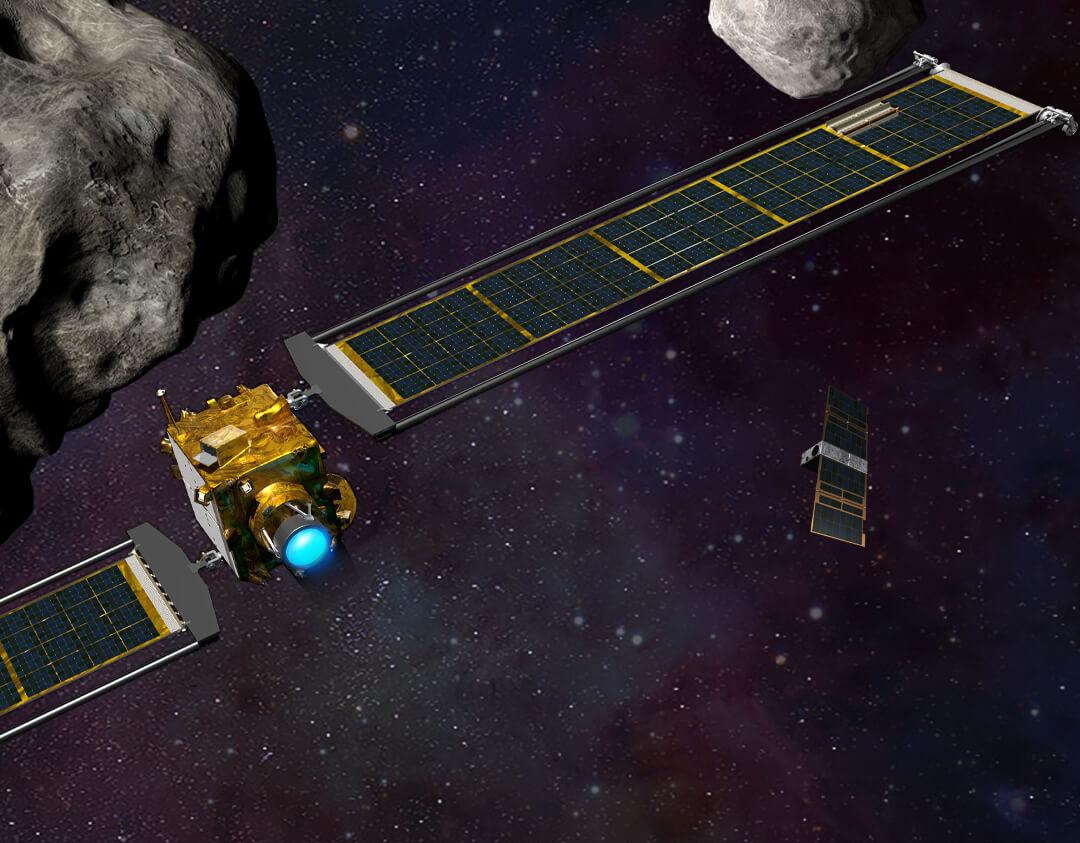-
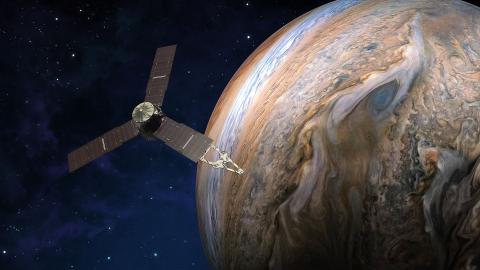 Jan 30, 2024
Jan 30, 2024Two Johns Hopkins APL Researchers Earn NASA Honors for Work on Jupiter Mission
Two APL space physicists were honored with prestigious NASA Honor Awards for their distinguished contributions and service to NASA's Juno mission to Jupiter and the agency's mission overall. -
 Jan 25, 2024
Jan 25, 2024Wilson, Chen Honored With Women of Color Awards
Two Johns Hopkins APL staff members were recognized with 2023 Women of Color STEM awards. The annual awards honor promising innovators and inventors who have made an impact in their respective disciplines while also demonstrating a commitment to mentoring and encouraging women in STEM fields. -
 Jan 5, 2024
Jan 5, 2024Shooting for the Moon: Christina Koch’s Historic Journey From Johns Hopkins APL to Space
Christina Koch, a former electrical engineer with APL, returned to Laurel, Maryland, campus to share her experiences as a NASA astronaut. -
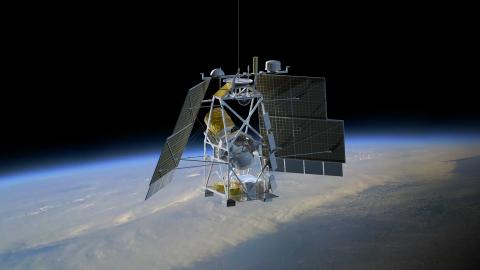 Dec 20, 2023
Dec 20, 2023NASA’s Balloon Mission GUSTO Maps the Space Between the Stars
Amid the cacophony of penguins and seals, scientists from Johns Hopkins APL and the University of Arizona are prepping NASA's newest balloon mission GUSTO for launch. The airborne telescope will study molecular clouds of gas and dust between the stars. -
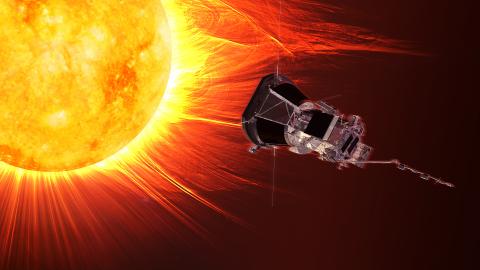 Dec 15, 2023
Dec 15, 2023Parker Solar Probe Team Garners NASA Honors
NASA's Parker Solar Probe team has earned agency honors for its novel efforts to guide a spacecraft toward record-setting close distances from the Sun - and revealing more about our star than mission planners and scientists ever expected. -
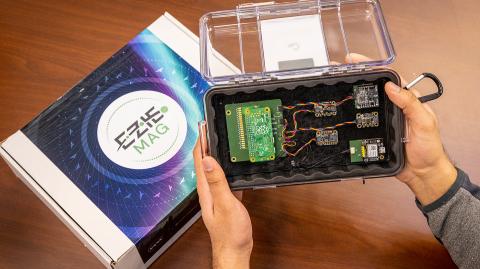 Dec 14, 2023
Dec 14, 2023How EZIE-Mag Pushes to Make Science More Accessible and Inclusive
Before the launch of the EZIE mission, the EZIE team at Johns Hopkins APL will make and freely distribute approximately 700 magnetometer kits (nicknamed EZIE-Mag) to teachers and students across the United States, with a specific focus on Indigenous schools. -
 Dec 13, 2023
Dec 13, 2023Johns Hopkins APL, University of Colorado Boulder Formalize National Security Research Partnership
APL and the University of Colorado Boulder have signed a master research agreement that expands their existing partnership and opens new avenues for collaboration to address critical national security objectives and workforce needs. -
 Dec 12, 2023
Dec 12, 2023Johns Hopkins APL Conference Explores Preparedness for Next Space Weather Event
With the Sun approaching its next peak in solar activity, space weather experts convened at APL to discuss how top agencies are preparing for a potential impact on national security. -
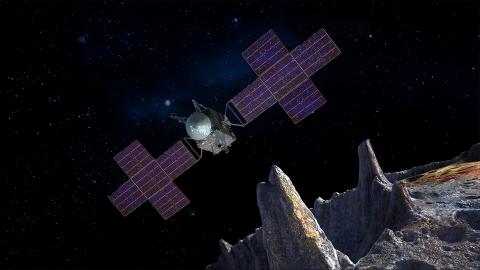 Dec 6, 2023
Dec 6, 2023Psyche Gamma-Ray Instrument Hums to Life, Marking Next Generation for Space Exploration
The gamma-ray spectrometer aboard NASA's Psyche spacecraft successfully hummed to life just a few weeks after launch. One-half of the mission's Gamma-Ray and Neutron Spectrometer instrument, the initial data returned from the instrument herald exciting things to come, both for Psyche and future NASA missions. -
 Dec 5, 2023
Dec 5, 2023Johns Hopkins APL Space Scientist Denevi Earns NASA Solar System Exploration Award
APL planetary geologist Brett Deveni has earned the NASA Solar System Exploration Research Virtual Institute's Angioletta Coradini Award for her research accomplishments.
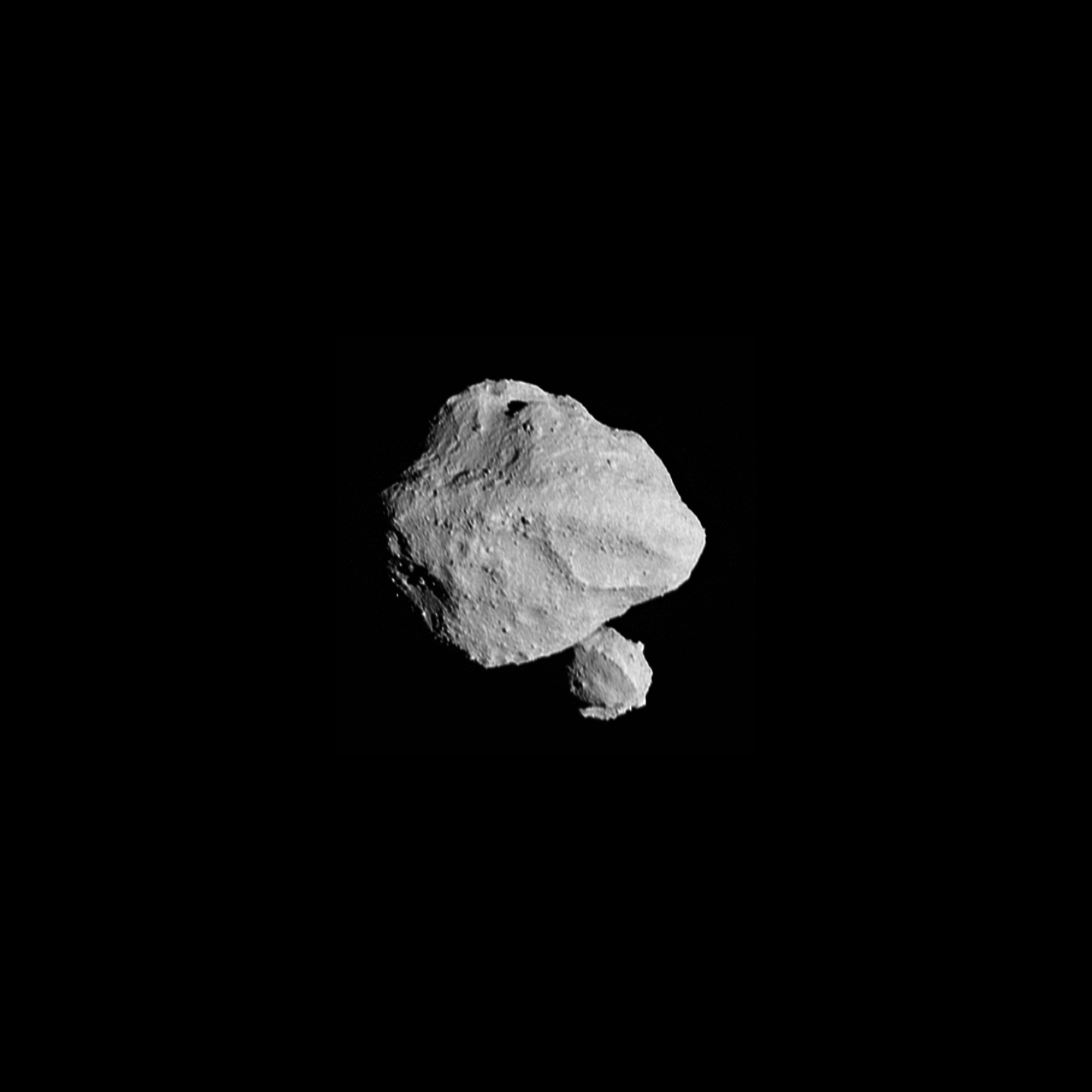
Featured Image


